News
-
 Genetics
GeneticsA mutation may explain the sudden rise in birth defects from Zika
A mutation in a protein that helps Zika exit cells may play a big role in microcephaly.
-
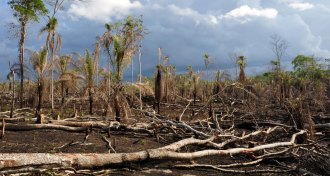 Climate
ClimateTropical forests have flipped from sponges to sources of carbon dioxide
Analyses of satellite images suggest that degraded forests now release more carbon than they store.
-
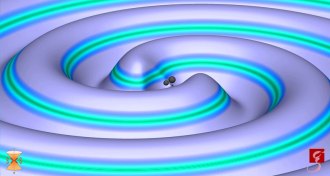 Physics
PhysicsTrio of detectors tracks gravitational waves to their home
LIGO and Virgo spot spacetime ripples in their first joint detection.
-
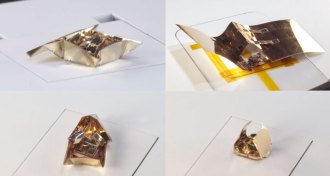 Tech
TechOrigami outfits help these bots change tasks swiftly
These robots change shape by slipping into different origami exoskeletons.
-
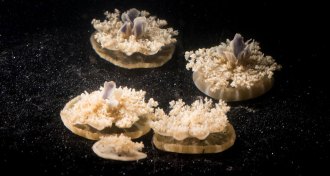 Animals
AnimalsTo test sleep, researchers don’t let sleeping jellyfish lie
Upside-down jellyfish are the first known animals without a brain to enter a sleeplike state.
-
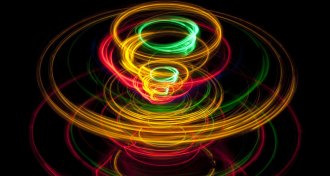 Physics
PhysicsTurning up the heat on electrons reveals an elusive physics phenomenon
Heating a strip of platinum creates a “spin current” in the material’s electrons due to the spin Nernst effect.
-
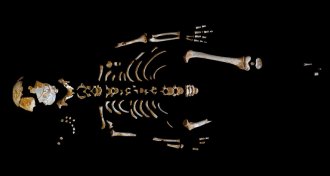 Anthropology
AnthropologyNeandertal kids were a lot like kids today — at least in how they grew
Ancient youngster’s spine and brain grew at relatively slow pace.
By Bruce Bower -
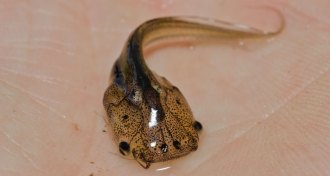 Health & Medicine
Health & MedicineFrom day one, a frog’s developing brain is calling the shots
Frog brains help organize muscle and nerve patterns early in development.
-
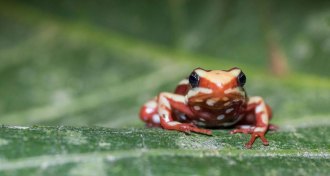 Environment
EnvironmentThe way poison frogs keep from poisoning themselves is complicated
Gaining resistance to one of their own toxins forced some poison dart frogs to make other genetic tweaks, too.
-
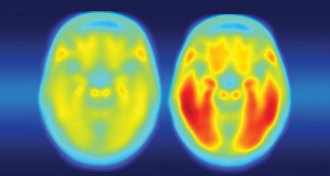 Neuroscience
NeuroscienceGene variant linked to Alzheimer’s disease is a triple threat
A genetic risk factor for Alzheimer’s disease works on multiple aspects of the disease, researchers report.
-
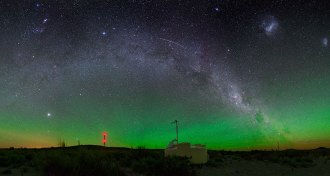 Astronomy
AstronomyUltrahigh energy cosmic rays come from outside the Milky Way
The biggest cosmic ray haul ever points toward other galaxies as the source of the rays, not our own.
-
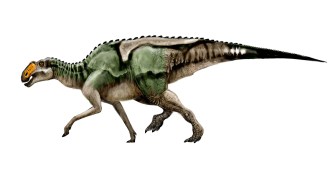 Paleontology
PaleontologyShhhh! Some plant-eating dinos snacked on crunchy critters
Scientists studying dinosaur poop found that some duck-billed dinos cheated on their vegetarian diets by snacking on crustaceans.